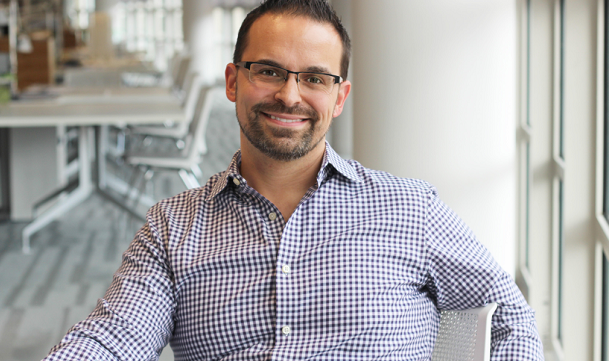Washington, DC—The Washington DC area has some of the greenest workplaces in the US, with many having obtained LEED Platinum, the highest Leadership in Energy and Environmental Design certification possible through the US Green Building Council.
“There are several reasons building owners create green spaces,” Jon Penndorf, senior project manager at Perkins+Will's DC office, tells GlobeSt.com. “Among them are a sense of corporate responsibility, specific geographic jurisdictions which require certain levels of green building such a DC's green code and lastly, the owners return on investment.” Building green saves on their utility bills plus employees are usually more alert and productive in a green building, he says.
Perkins+Will, an international architectural firm, designed three vastly different LEED Platinum projects that, in one way or another, meet this description.
Cornerstone Research Washington Office
More than 90% of employees in this building enjoy exterior views and daylight. Studies show that employees who have regular views of nature have lower stress levels, are consistently present in the moment and employers experience lower turnovers. The project also achieved credits for both lighting power reduction and water use.
Bowie State University Center for Natural Sciences, Mathematics, and Nursing This 150,000-square-foot newly built home for research labs, multidisciplinary teaching, plus general classrooms employs dynamic glass. The electrochromic exterior glazing reduces the building's reliance on overhead lighting and helps dramatically reduce energy demand to lower heating and cooling costs over time.
Cadmus Arlington, Va Office
This new office space—a third project designed for Cadmus by Perkins+Will—merges a mature brand image with a sense of community and fun using nontoxic and healthy materials and products, FSC-certified wood, and the integration of high efficiency lighting and HVAC systems.
“We are now in the third or fourth decade of mainstream green buildings and that's a good thing for building owners and employees alike,” says Penndorf. “Some states now require some level of green building dependent on the scope of the project regardless of it being a brand new build or renovated building. We will certainly be designing and building more green buildings in the future.”
© 2025 ALM Global, LLC, All Rights Reserved. Request academic re-use from www.copyright.com. All other uses, submit a request to [email protected]. For more information visit Asset & Logo Licensing.








